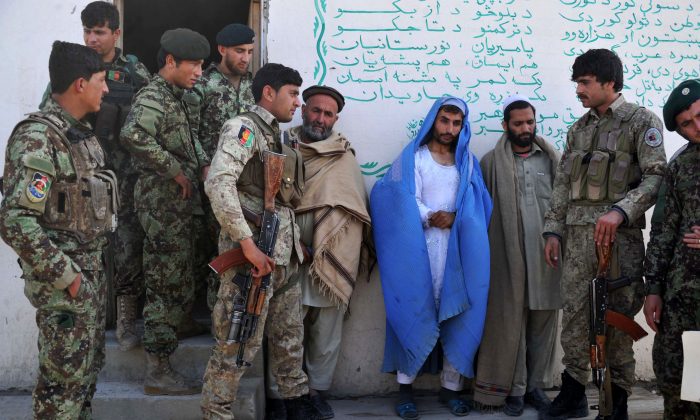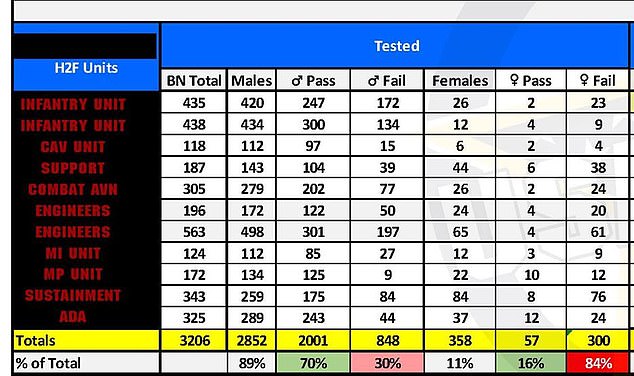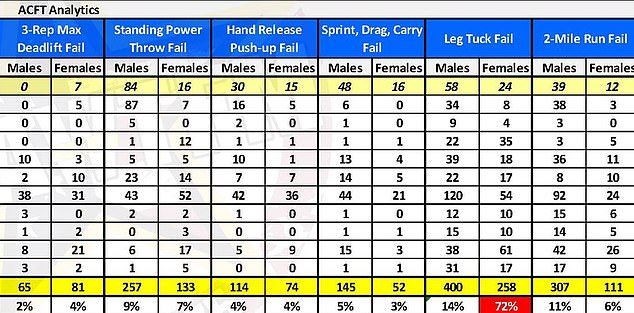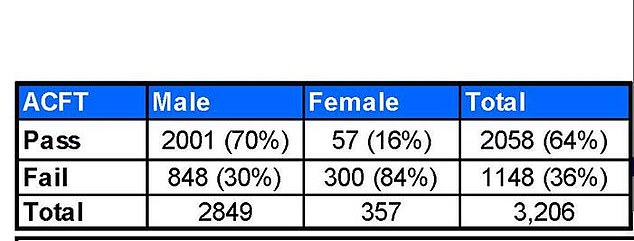Medical challenges of women combatants: Looking to the future
Sheila S Mathai VSM 1,
Ravi Kalra NM, VSM 2
Women have been serving in militaries the world over for over a century. They have excelled in supportive roles in military health, logistics, education, and aviation. Although history has inspiring tales of intrepid women warriors, by and large women have been victims rather than perpetrators of war for centuries. It is only in the last half a century or so that women have entered the battlefields. Russia used an all-women combat unit in the First World War to offset a deficiency in male combatants. In the Second World War, Soviet women aviators, nicknamed as the “Night Witches,” made history when they bombarded enemy lines after dusk. The Algiers War of Independence would not have been won if women had not stepped in to replace the depleted Army.
In the 21st century, the numbers and roles of women in combat have increased significantly. Today, they make up 3%–18% of the Armed Forces the world over. The Israeli Defense Forces has been recruiting women in nearly all its branches since 2001 and is one of the few countries in the world which has mandatory military service for all its citizens, irrespective of gender. The US military has expanded the induction of women from combat support to combat roles in the past two to three decades, and now, over 95% of all defense roles are open to them. The Gulf and Vietnam Wars saw many US women combatants actively deployed in theaters of war for prolonged periods of time. In Operation Enduring Freedom and Operation Iraqi Freedom, more than 1000 women combatants were wounded and over a hundred died. Australia has the largest number of women in its defense services and many serve in combat support roles. Today, 15 of 24 North Atlantic Treaty Organization countries have dropped gender restrictions in military roles, and women have risen to the challenge of serving their countries on the battlefield.
India has had women officers in its support services for over 70 years, with the Army Medical Corps (AMC) and the Military Nursing Service (MNS) taking the lead. These women from the AMC and MNS have been deployed even in “combat” zones, especially in Forward Hospitals and Field Hospitals in the Northern and Eastern sectors. Women officers serve in other branches of the Army, Navy, and Air Force as well, including the Logistics, Legal, Education, Air Traffic Control, Air Observer, and Naval Armament Inspector branches. They are also inducted into the Aviation Branches of the Air Force, Navy, and Coast Guard, and the first batch of women fighter pilots is under training at the Air Force Academy. The Indian Army is now on the threshold of recruiting women soldiers into the Military Police. The Border Security Force has a women's battalion which is doing yeoman service in guarding our borders.
There are a number of issues regarding women combatants and women in the military serving in theaters of war which need deliberation. Of these, medical problems form a significant component. Health of women combatants has always been a concern in countries that employ them in combat zones for prolonged periods. The assumption that the health needs of these women in uniform can be met within the existing, at times exclusively male-oriented, system may not be true. There are a number of published papers on the health of women combatants, particularly from the United States of America. Statistics show that overall women combatants seem to have a higher incidence of medical problems compared with their male counterparts. Many of these problems are unique to their gender, physical attributes, and physiology and are discussed below.
 Physical issues
Physical issues
The natural physical differences in stature, strength, and body composition between the sexes make women more vulnerable to certain types of injuries and medical problems. This is particularly so during vigorous and intensive training. Women trainees have significantly more injuries, leading to a higher attrition rate. Preentry physical fitness levels tend to be lower in most women recruits compared with men, and hence, when standards of training remain same for the two genders, there is a higher probability of injuries among the women. Stress fractures of the pelvis and lower limbs are the most common injuries. In addition, noncombat injuries in difficult terrains such as high altitude, desert terrains, clearance diving, and high-speed aviation (G-forces) are also seen more often in women. In addition, since the masculine traits of endurance and stoicism are highly valued in the military, there is a reluctance to report injuries early.
[1]
Physiological issues
The natural processes of menstruation and pregnancy make women particularly vulnerable in combat situations. Lack of privacy and sanitation can result in an increased incidence of genitourinary infections as is evident from a number of studies. Menstrual hygiene is a major issue, and the need to suppress menstruation in combat zones and its effects on long-term health is debatable. Unforeseen pregnancy is an issue that needs to be prevented and tackled sensitively. The effect of prolonged deployment in difficult terrains and grueling physical activity on the reproductive health of women war veterans is being studied extensively particularly in the United States.
[2]
Social and psychological issues
Women tend to be more attached to their families, particularly their children. This translates into greater mental stress and requirement of social support to sustain themselves during prolonged separations from family. Another social aspect leading to mental stress in women in the military is that of isolation. This is due to the fact that men far outnumber women in the military, particularly in combat zones. Lack of appropriate company makes women combatants experience a sense of isolation and loneliness. The issue of military sexual trauma (MST) and its effect on the physical and mental well-being of women combatants has been raising its head time and again, and many nations are now accepting the problem as real and urgent and are taking strong measures to curb it. MST may lead to grave, long-term psychological problems, including posttraumatic stress disorders (PTSDs), depression, and substance abuse. To be abused by your own people while serving one's country is probably the biggest injury and insult that a woman combatant can face.
Cultural issues
Cultural barriers in society, especially in a complex country like India, may be the biggest impediment to induction of women in combat. The consequences of inserting a few women in an almost entirely male preserve, in cramped quarters, in inhospitable terrain, isolated from civilization, cannot even be imagined at this point in time in India. Even if it can be conceptualized, the picture does not appear to be very bright, at least in this country for women combatants!

Health issues need to be considered by all nations planning to increase the numbers of women combatants in their militaries. The wars of the future will be fought on changing battle fields. This requires vision and foresight when planning future roles for women combatants. The Armed Forces Medical Services needs to be prepared for the challenges that are likely to present themselves in the not-so-distant future. Gender sensitization and preparedness, particularly as regards medical care at all levels, are the needs of the hour. The main challenges for the health-care providers are envisaged to be as follows:
Provision of adequate medical facilities for women combatants in deployment areas
From first aid and emergency care to evacuation and hospital management, it is important that the needs of women combatants are not neglected, particularly as the overwhelming majority of health-care providers are male. Planning should include protection of health interests, privacy and safety of injured/psychiatrically disturbed women combatants, and adequate wards and staff. The requirement of specialists in obstetrician-gynecologist in the military is also likely to increase in the future.
Prerecruitment medical fitness improvement and assessment
Fitness standards need to be reviewed and prerecruitment training given to women recruits before final evaluation for fitness to join the defense forces. This will prevent training-induced injuries and attrition in women recruits. Graduated fitness programs, targeted at weaker areas of the female body such as upper body strength, have already been started in some militaries and is the way forward. Reasonably, different physical standards of fitness for men and women recruits depending on the nature of the job could also be considered. Due to the physical attributes required, it has been observed that women in combat roles integrate best in Aviation followed by the Navy (except submarines) and finally in the Army.
[3]
Designing battle equipment that improves performance of women combatants
Lighter and more comfortable combat gear and footwear to fit the female form could significantly improve performance and make the difference between life and death in combat situations. Female-specific field hygiene equipment is also something that is being seriously looked at and can prevent a number of medical problems. At present, the design of warships in India does not cater for privacy needs of women – an issue that needs urgent addressal if women are to be inducted on these vessels, considering the long time gap between design and commissioning of a ship.
[4]
Psychological support
Workplace flexibility to balance work and family commitments needs to be addressed, and early signs of mental stress need to be evaluated and managed. Training in self-defense and support in reporting MST are challenges which will have to be tackled. Management of PTSD and mental resilience training of women combatants are areas which will have to be developed in the militaries that plan to deploy women in combat zones.
Nutritional issues
Nutritional supplementation of women combatants, particularly iron and calcium, and in some countries Vitamin D may help prevent injuries and sickness. Ensuring a healthy and balanced diet is essential in maintaining positive health.
Education on women's health issues
Health-care providers would have to take it upon themselves to educate women combatants on their own health issues, particularly those that can be prevented. They would also need to sensitize the environment, including the administrative echelons, on the importance of understanding and embracing the health difficulties and vulnerabilities of women.
Women Veteran's health
It is important to develop targeted support and resources for female veterans. Increasing availability of services to female veterans and implementing family-friendly practices can also help in providing the best possible health care to women veterans.

Women are contributing significantly to the militaries all over the world. India too, is making rapid strides in including women in combat roles. It is important for us to understand and anticipate the health issues of women combatants and be prepared to face and overcome the challenges expected in this area in the near future.
 1.
1.
McGraw K, Koehlmoos TP, Ritchie EC. Women in combat: Framing the issues of health and health research for America's servicewomen. Mil Med 2016;181:7-11.
 2.
2.
Department of Veterans Affairs Health Services Research & Development. Health Effects of Military Service on Women Veterans- Service Evidence-Based Synthesis Program; 2011.
 3.
3.
Kunte R, Basannar D, Chatterjee K, Agarwal PK, Prasad L, Dubey P,
et al. Gender differential and implications in the epidemiology of stress fractures among cadets of Indian armed forces. Med J Armed Forces India 2017;73:356-62.

[
PUBMED]
4.
Fitzgerald AS, Duboyce RL, Ritter JB, Omori DJ, Cooper BA, O'Malley PG,
et al. A primer on the unique challenges of female soldiers' reproductive issues in a war-ready culture. Mil Med 2013;178:511-6.











